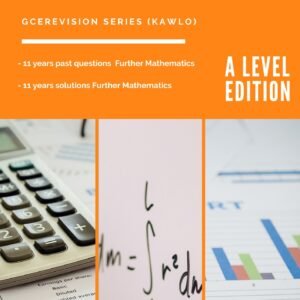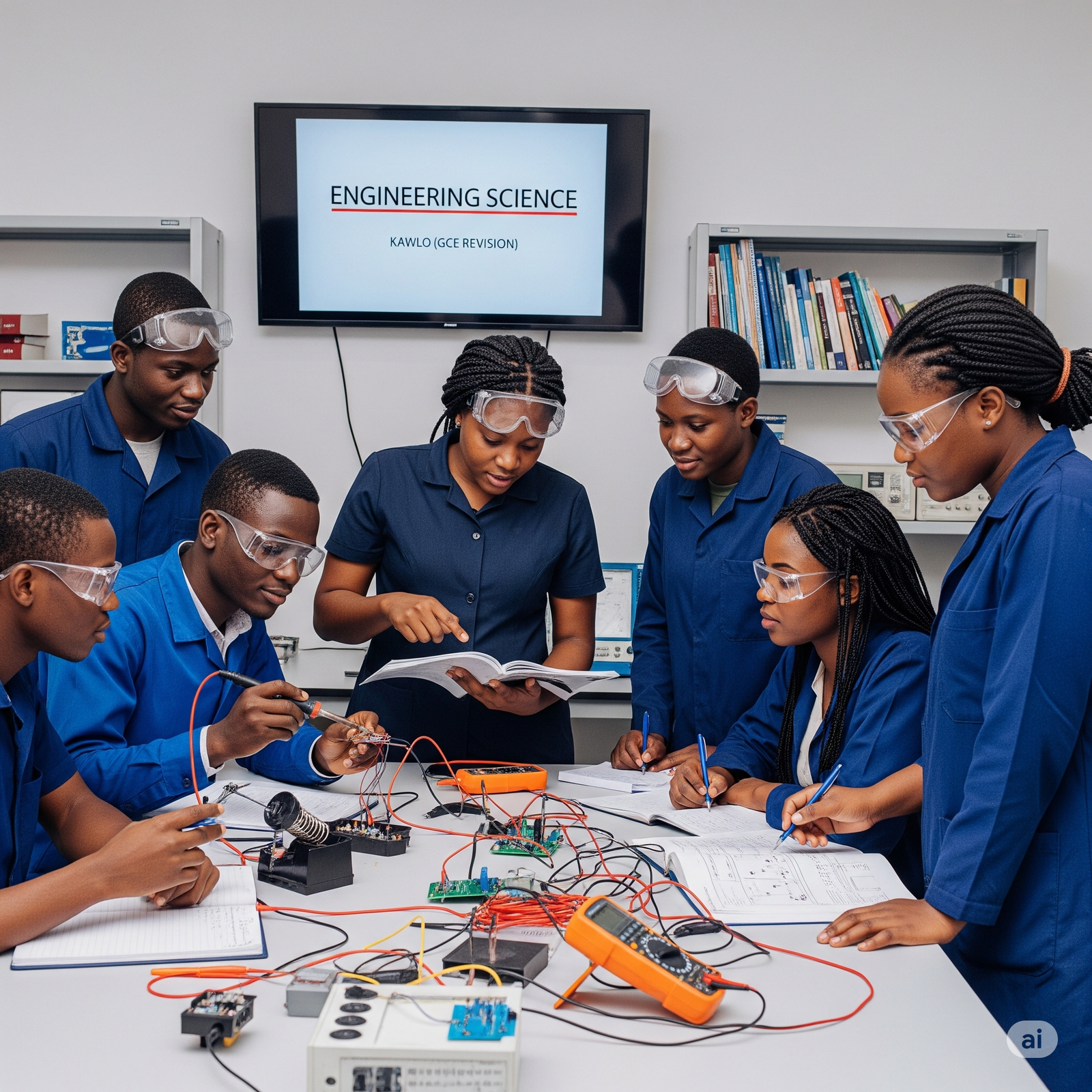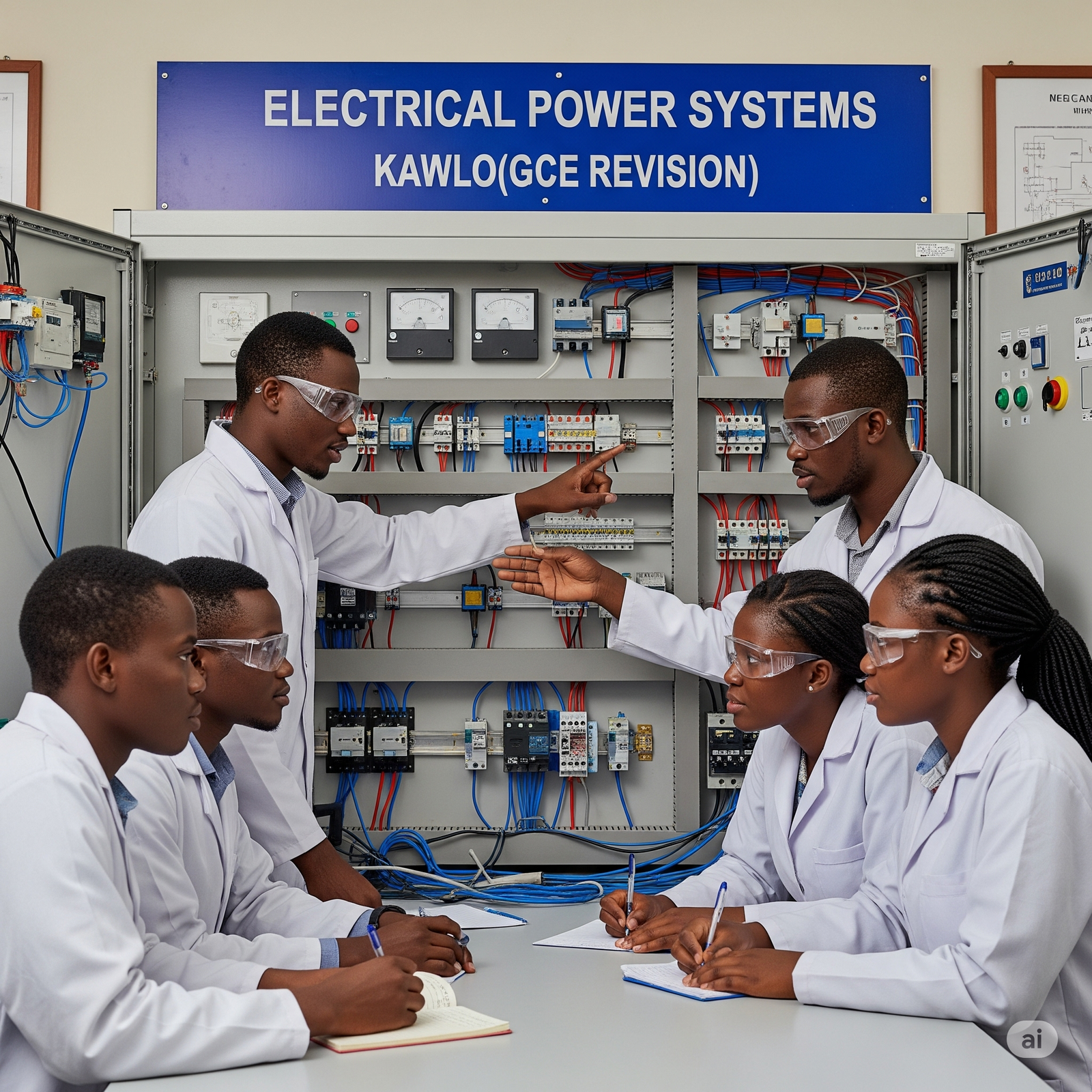To DOWNLOAD CAMEROON GCE JUNE 2012 math meach Paper 2 click on the link below
June 2012
1. At time t seconds, the velocities v1 , v2 of two particles P1 ,P2 respectively, are given by
V1 = (2ti — 3ti j) ms-1
v2 – [t i + (21 – 3)j] ms-1
Find the non-zero value of t for which the accelerations of P1 and P2 are perpendicular.
Obtain the velocity of P1 relative to P2 when their accelerations are perpendicular.
Given that P2 and P2 are at the origin when t = 0, find
The distance between P1 and P2 when their accelerations are perpendicular.
2.
i) Find the abscissa of the centroid of the finite region bounded by the curve y = In x and the lines
y = 0 and x = 2, giving your answer correct to 2 decimal places..
ii) A uniform rod AB of weight W, rests in equilibrium with the end A against a smooth vertical wall
and the end B on rough horizontal floor. Given that AB makes of 45° with the floor, find, in terms
of W, the forces exerted on the rod at A and B. Hence show that if µ is the coefficient of friction
between the rod and the floor, then ≥ ½
3.
A particle starts from rest at pint 0 and moves in a straight line with a constant acceleration of
2 ms-2. Three seconds later, a second particle starts from rest at the same point 0, and moves
after the first particle with constant acceleration 4 ms-2. Find how much time elapses before the
second particle overtakes the first.
The magnitude of the retardation to the motion of a particle moving along the x — axis is
1/2v2 ms-2, where v ms-1 , is the speed of the particle. At time t =0, the particle passes through
the origin at a speed u ms-1 in the direction of increasing x. Show that the speed of the particle
is halved when t = 7u2/12 and find, in terms of u, the value of x at this instant.
Referred to horizontal and vertical axes OX and OY respectively, a particle is projected from the point 0
with a velocity of 65 ms-1 at an angle elevation of cos-1 (12/13)
Show that the particle passes through the pint 4(60, 20) and B( 120, 30).
Find the velocity of the particle B and the further horizontal distance covered before the particle is
again at the level B.
(Take g as 10 ms-2)
5. Two particles P and Q, of mass 2n and 5m respectively, are connected by a light inextensible string. Particle P lies on a horizontal table and the string passes over a small smooth fixed pulley at the edge of the table, so that particle Q hangs freely at the other end of the string, at a distance 2l above the ground.
The coefficient of friction between P and the table is ½ and the frictional force between the string and the table is negligible. The system is released from rest, with both parts of the string taut and the hanging part vertical. Find
The tension in the string and the acceleration of the system,
The magnitude and direction of the force exerted o the pulley.
Show that
c. The speed of Q just when it has descended a distance l is √(8gl/(7 )) and that the time taken is √(7l/2g)
Just after Q has descended through a distance l the string is cut.
Find
d) The speed at Which Q eventually strikes the ground, giving your answer in trems of g and l.
[ assuming that P does not reach the edge of the table.]
6. a) Three spheres S1,S2 and S3 of each of mass m, lie in a straight line with S3 between S1 and S3, S1 impinges directly on S2 with speed u and S2 then impinges directly on S3. The coefficient of restitution is e for all impacts involved. Calculate in terms of u and e, the speeds of
S1 and S2 after their impact
S2 and S3 after their impact
Show that the loss in kinetic energy during the impact between and S2 is ¼ mu2(1-e)(1+e)
7. The constant non-gravitational resistance to the motion of a car of mass 1500 kg is R N. The engine of the car works at a constant rate of 20 kW. Given that the maximum speed of the car up a plane of inclination sin-1 (1/10) to the horizontal is 10 mas-1, find
The value of R ?
The maximum speed of the car on level ground.
Find also the speed of the car when it is accelerating at the rate of 2 ms-2
Down the plane
Up the plane
On the plane
(Take g as 10 ms-2)
8.
Three balls are, to be drawn at random and without replacement from a bag containing 16 balls of which 4 are red. Find the probability that
All three balls will be red,
6. None of the three balls will be red,
At least one of the balls will be red,
Exactly one of the balls will be red.
A die with faces numbered 1 to 6 is biased so that the probability of any even face is twice the probability of any odd face. The die is to be thrown twice. Find
The probability that the total score will exceed 10.
















